Phormictopus cancerides Arachnoboards
Phormictopus cancerides habitat. An adult Phormictopus cancerides tarantula should be provided with an enclosure 2 to 5 gallons in volume with a secure lid. You should cover the bottom of the enclosure with 5-6 inches of substrate such as shredded coconut husk, but some keepers choose to use peat moss, potting soil or vermiculite. Provide a heat source and use means to moderate the humidity.
.jpg)
Dominican Spiders Theraphosidae, Phormictopus cancerides
Track historical test performance with our custom dashboards. Practice free Cancer Research tests & get tips, guides and fully worked solutions.
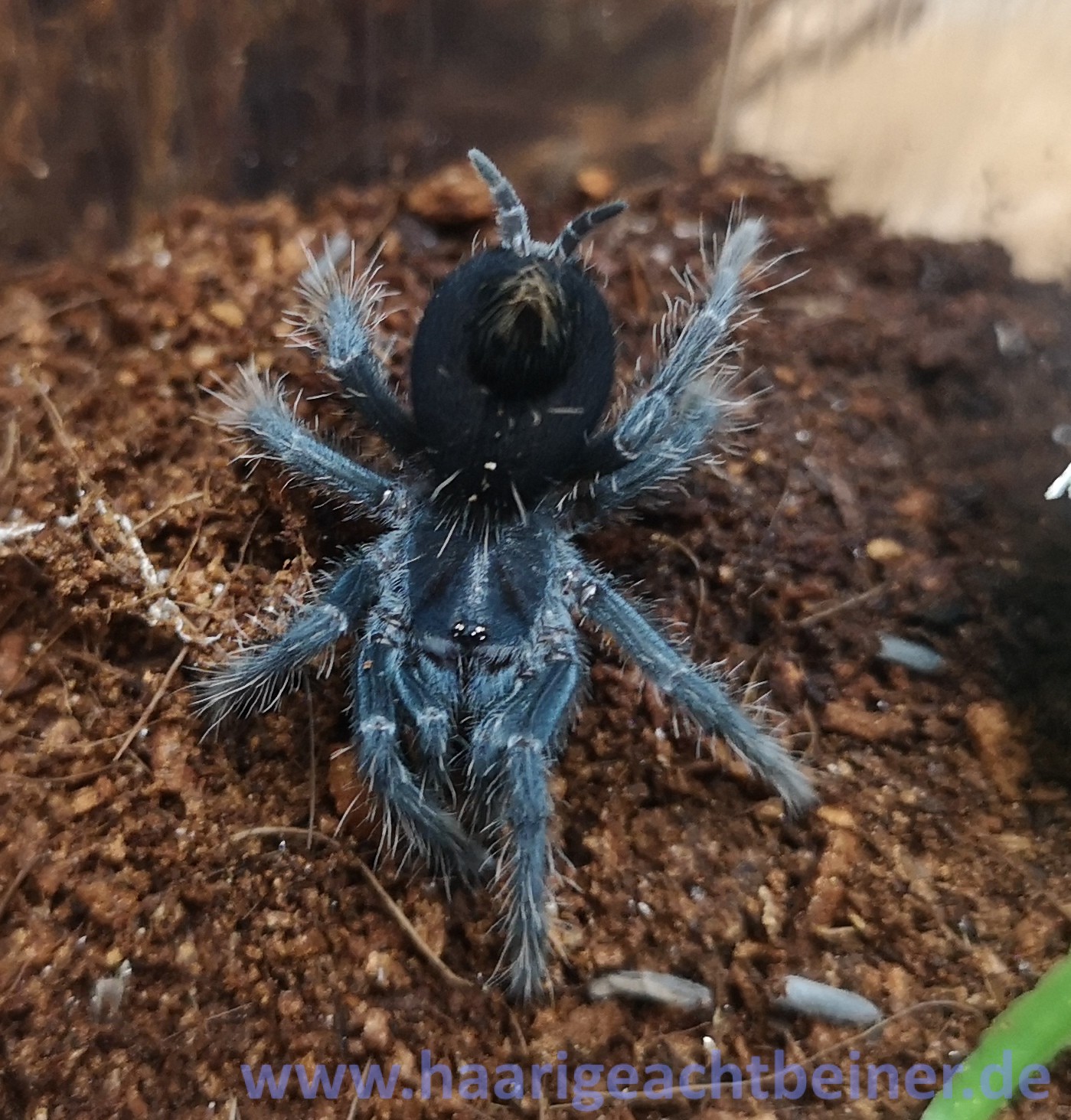
Phormictopus cancerides Bayahibe violet www.haarigeachtbeiner.de
One of my favorite species, the Phormictopus cancerides!

Phormictopus cancerides (Latreille, 1806) mygale.de Flickr
Phormictopus sp. 'Green' is a bit of a mystery spider.Some believe it belongs to its own, as-of-yet-unamed species of tarantula. Others think it's just a color variant of Phormictopus cancerides.
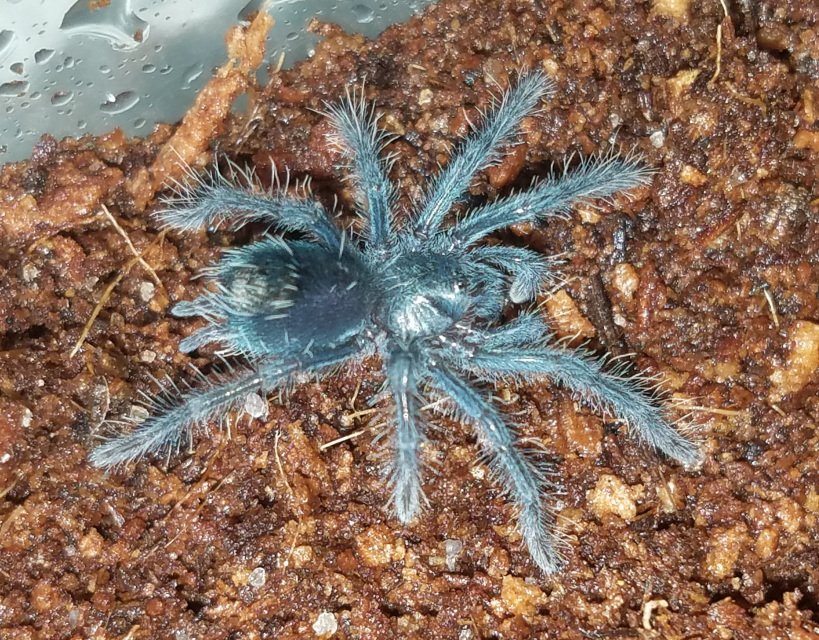
Phormictopuscanceridesforsale
Transferred to other genera: Phormictopus intermedius (Ausserer, 1875) -- see Cyrtopholis Phormictopus multicuspidatus Mello-Leitão, 1929 -- see Proshapalopus Phormictopus pheopygus Mello-Leitão, 1923 -- see Acanthoscurria
Phormictopus cancerides Arachnoboards
Phormictopus cancerides Name Synonyms Eurypelma cancerides (Latreille, 1806) Mygale cancerides Latreille, 1806 Phormictopus cancerides tenuispinus Strand, 1906 Homonyms Phormictopus cancerides (Latreille, 1806) Common names Haitian brown tarantula in English Bibliographic References.
Phormictopus
The Hispaniolan Giant Tarantula ( Phormictopus cancerides) is a terrestrial New World species from Haiti and the Dominican Republic. Most owners agree that it's a highly underrated spider in the hobby. With a reputation for being aggressive, flicking hairs, and having a strong venom, most hobbyists don't see the appeal in owning one.
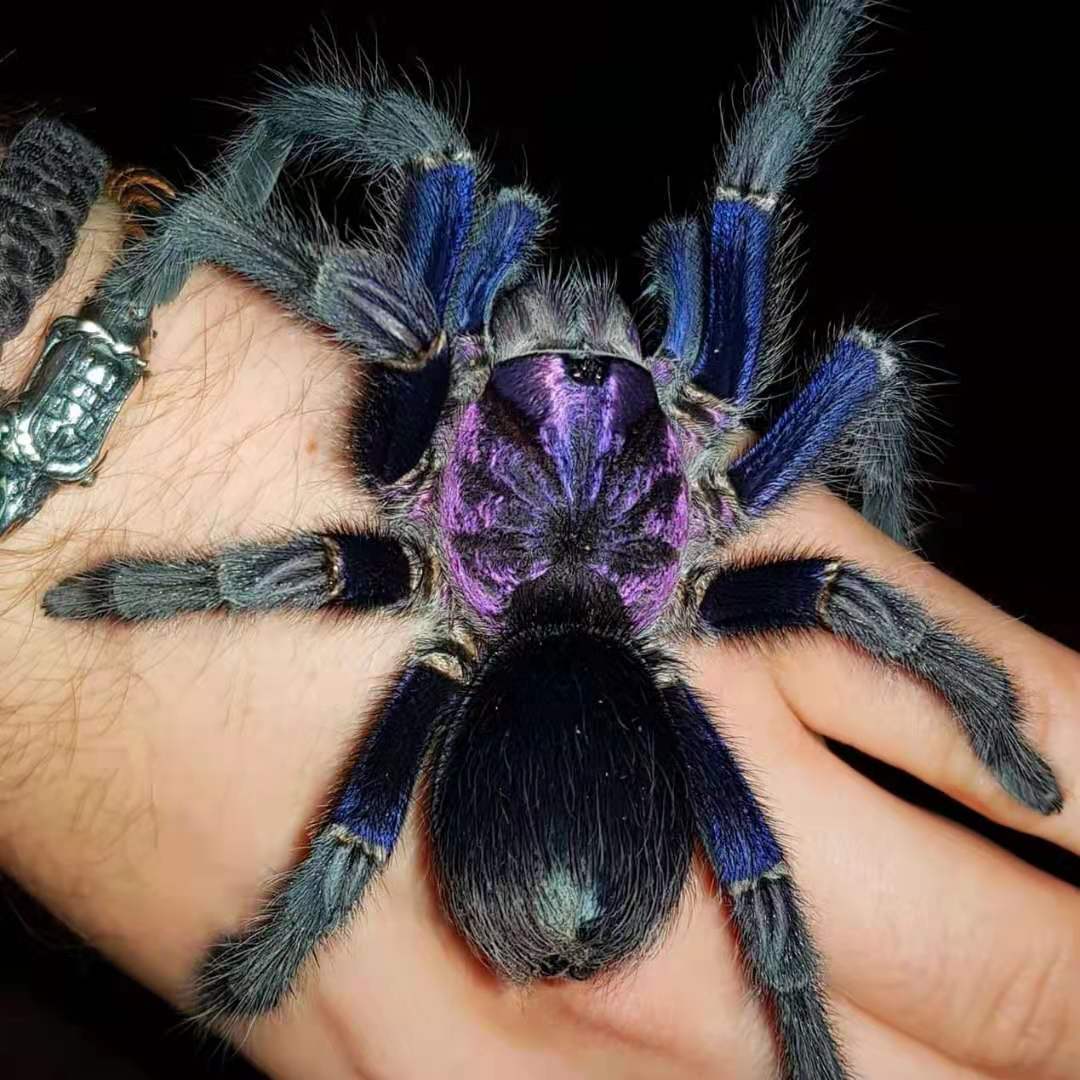
Phormictopus sp. dominican purple Tarantula HappyForestStore for sale
Phormictopus cancerides, also known as the Hispaniolan giant tarantula, is a tarantula endemic to Hispaniola in the Caribbean. Hunting. During the day they hide under rocks and debris, and come out at night to look for prey. Their fangs are quite formidable at more than 2 centimeters long, and when they pierce the body of its prey, venom is.

Phormictopus sp. Purple Husbandry YouTube
Phormictopus cancerides is a Dominican Republic endemic tarantula and one of the two most common, the other is Citaracanthus spinicrus found in much of the country. Both the male and female have purple, blue and violet iridescences.
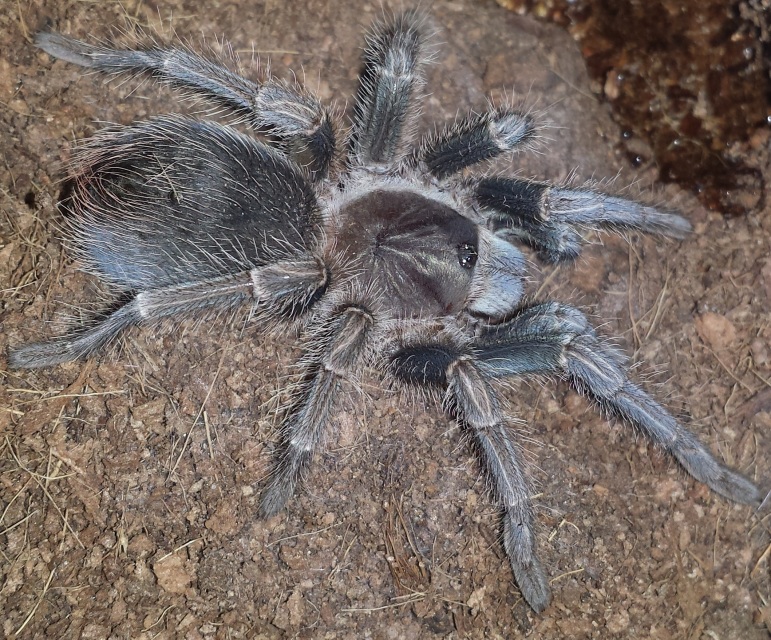
Phormictopussppurplemaleforsale
All Phormictopus have some bad reputation because they can be bolty and/or deffensive. I can say from experience that they simply don't like to be disturbed - especially around molting time.. I just mated my pair and it seems some of the Bayahibe offered are just cancerides As my female is violet tone way lighter then DP.
Phormictopus cancerides Arachnoboards
The .gov means it's official. Federal government websites often end in .gov or .mil. Before sharing sensitive information, make sure you're on a federal government site. The site is secure. The https:// ensures that you are connecting to the official website and that any information you provide is encrypted and transmitted securely.

Phormictopus Cancerides Violet YouTube
Phormictopus cancerides quantity. Add to cart. Species Info: Origin. Hispanola. Lifestyle. Terrestrial. Temp. 22-28. Humidity. 60-70. Leg Span. 18-20cm. Disposition. Hungry. Suitability. 2. This is an impressive species from the Caribbean islands. This is a fast growing species reaching giant sizes!
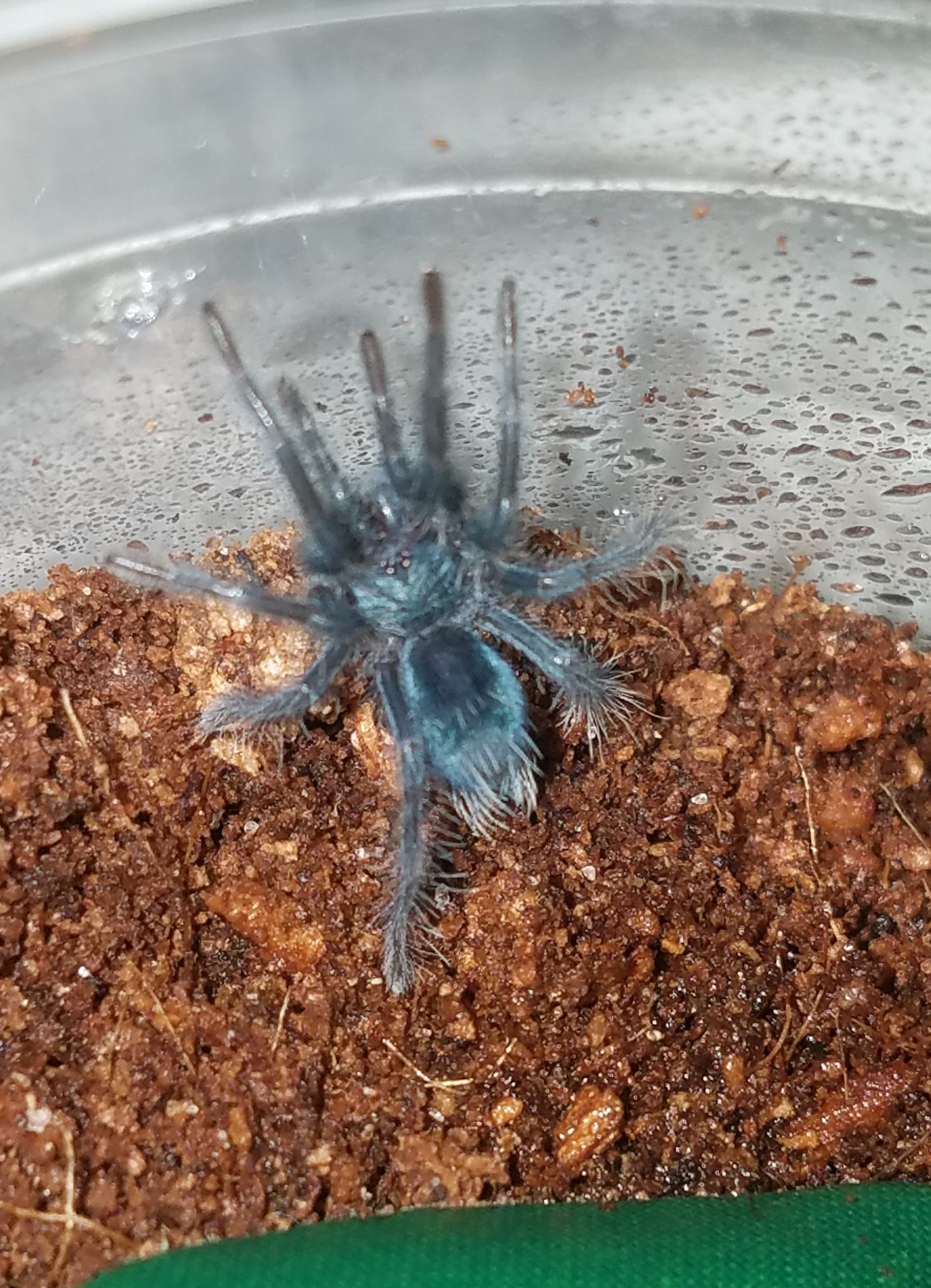
Phormictopuscanceridesforsale
Phormictopus cancerides Rudloff, 2008a: 20, f. 33-42 (mf, S of Phormictopus cancerides tenuispinus). References. Ausserer, A. (1871a). Beiträge zur Kenntniss der Arachniden-Familie der Territelariae Thorell (Mygalidae Autor).
0.0.1 Phormictopus cancerides Arachnoboards
The Hispaniolan Giant Tarantula (Phormictopus cancerides) is a tarantula native to the Dominican Republic, where it is called Cacata; Haiti, where it is called Araignée-crab; and Cuba, where it is rare. It occurs from the West Indies to Brazil. During the day they hide under rocks and debris and come out at night to look for prey. Their fangs are quite formidable at more than 2 centimeters.
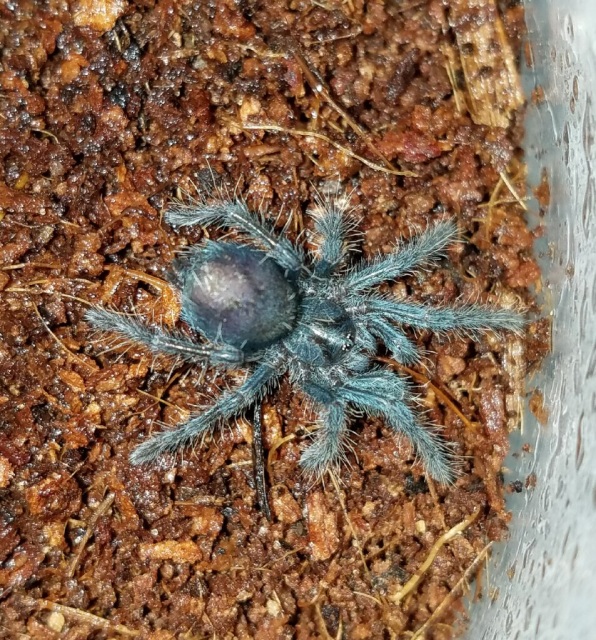
Phormictopuscanceridesforsale
Description. Scientific Name: Phormictopus cancerides Common Names: Haitian Brown | Raignée-crab (Haiti) | Cacata (Dominican Republic) | Hispaniolan Giant Tarantula Not for beginners. An attractive choice for the intermediate enthusiast. To call this tarantula brown is actually a poor choice in it's name, this is actually a gorgeous looking tarantula that has black velvety-brown, reddish.

Phormictopus cancerides 3/4" • Arachnoiden
PODCAST https://www.buzzsprout.com/148967Teespring Store: https://teespring.com/stores/toms-big-spiders-the-storePatreon https://www.patreon.com/tomsbigspid.